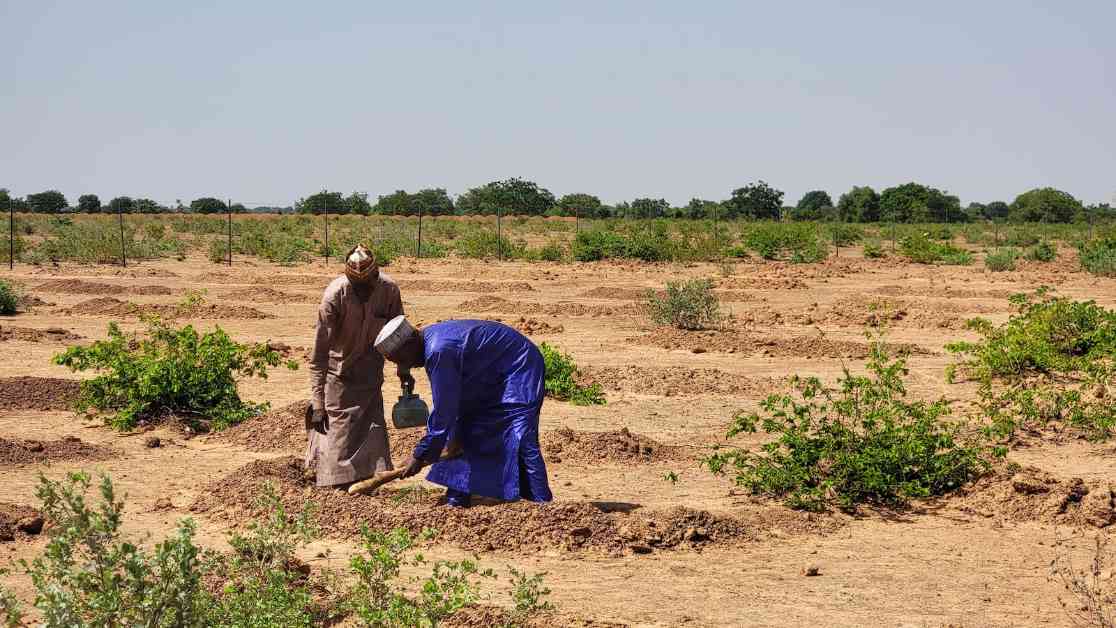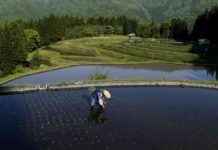Redefining Life on Earth: Three-Quarters of Land Drying Out
As Earth continues to warm, the ground beneath our feet is slowly drying out and becoming saltier, posing significant challenges for the planet’s 8 billion inhabitants. A startling revelation from recent research shows that over the past three decades, a staggering 77 percent of the Earth’s land has become drier, leading to a rapid increase in excessively salty soils.
The Alarming Statistics
Drylands, characterized by arid conditions and scarce water resources, now cover more than 40 percent of the planet’s landmass, excluding Antarctica. This transformation is considered a likely permanent consequence of climate change, according to a groundbreaking report by the United Nations Convention to Combat Desertification (UNCCD). The Food and Agriculture Organization of the United Nations (FAO) further revealed that approximately 10 percent of the world’s soils are now affected by excess salt, putting an additional 2.5 billion acres at risk.
The Implications
These intertwined trends are not just environmental concerns; they also have far-reaching impacts on agricultural productivity, biodiversity, and ecosystem health. The reports issued a dire warning that unless global emissions are significantly reduced, these changes will persist, leading to severe consequences for billions of people worldwide.
The Human Side of the Story
Hannah Waterhouse, a soil and water scientist at the University of California, Santa Cruz, highlights the critical nature of these findings. She emphasizes that the expansion of drylands occurred under relatively mild conditions compared to what lies ahead. This escalation signals potential food and water shortages, which, historically, have fueled conflicts and exacerbated governance issues, as seen in current events like Sudan. The implications extend beyond geography, demonstrating how climate change can influence geopolitical dynamics and human security.
As the world grapples with these challenges, it’s crucial to recognize the distinction between aridity and drought. While droughts are temporary, arid regions face sustained conditions where evaporation surpasses rainfall, making it difficult to support life. This subtle yet significant shift is reshaping the planet’s ecosystems and agricultural systems, leading to food insecurity, economic losses, and health impacts. Climate change is already disrupting food production, leaving millions hungry, with projections indicating worsening conditions in regions like Africa, the Middle East, and South Asia.
A Call to Action
The rapid expansion of drylands is intrinsically linked to the rise in saltier soils, creating a vicious cycle that threatens global food security. Addressing these challenges requires a multifaceted approach, including nature-based solutions, improved water and crop management, and the development of resilient crop varieties. While significant investments are needed to combat these issues, the time for action is now.
In conclusion, the reports issued serve as a wake-up call for governments across the globe to prioritize resilience efforts and sustainable practices. The urgency of the situation demands immediate action to safeguard our planet’s future and ensure the well-being of all its inhabitants.














